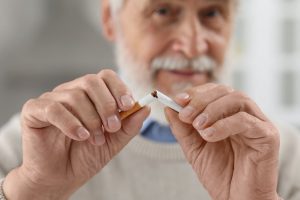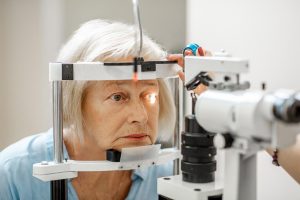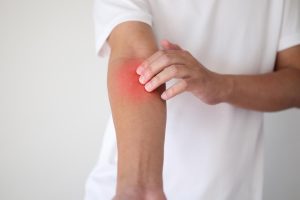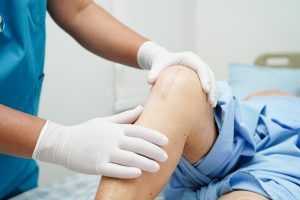Carbon monoxide is a silent, odorless killer, but even during winter heating season, it’s possible to stay safe.
This dangerous gas is produced when fuels burn incompletely.
This can happen in furnaces, both gas- and wood-burning fireplaces, space heaters and vehicles that burn fossil fuel. It’s also possible in water heaters, gas clothes dryers and stoves, as well as other equipment, including grills, generators and power tools.
The Nebraska Regional Poison Center offers some tips on staying safe, recognizing carbon monoxide (CO) poisoning and treating a person who has been poisoned with the gas:
- Start by installing carbon monoxide detectors on every level of your home. Replace batteries every six months.
- Have all fuel-burning appliances inspected regularly. Ventilate fuel- and gas-burning heaters to the outside.
- Do not use a gas range or an oven to heat a room. Never use a charcoal grill or hibachi inside, the center advises.
- Run generators at a safe distance from the home. Don’t run them next to a window or a door, which can be dangerous.
- Avoid sitting in a car with the engine running if deep snow or mud is blocking the exhaust pipe. Never leave a car running in an attached garage, even with the garage door open. Have your vehicle’s muffler and tailpipes checked regularly.
- CO poisoning can be mistaken for flu. Symptoms include headache, nausea, vomiting, dizziness, drowsiness, confusion and potentially loss of consciousness.
More than 400 Americans die each year from CO poisoning, according to the U.S. Centers for Disease Control and Prevention. About 50,000 people end up in U.S. emergency rooms because of the gas. Death rates are highest in those aged 65 and older.
More information
The U.S. Consumer Product Safety Commission has more on carbon monoxide safety.
SOURCE: Nebraska Regional Poison Center, news release, Jan. 25, 2023
Copyright © 2024 HealthDay. All rights reserved.















-300x169.jpg)









